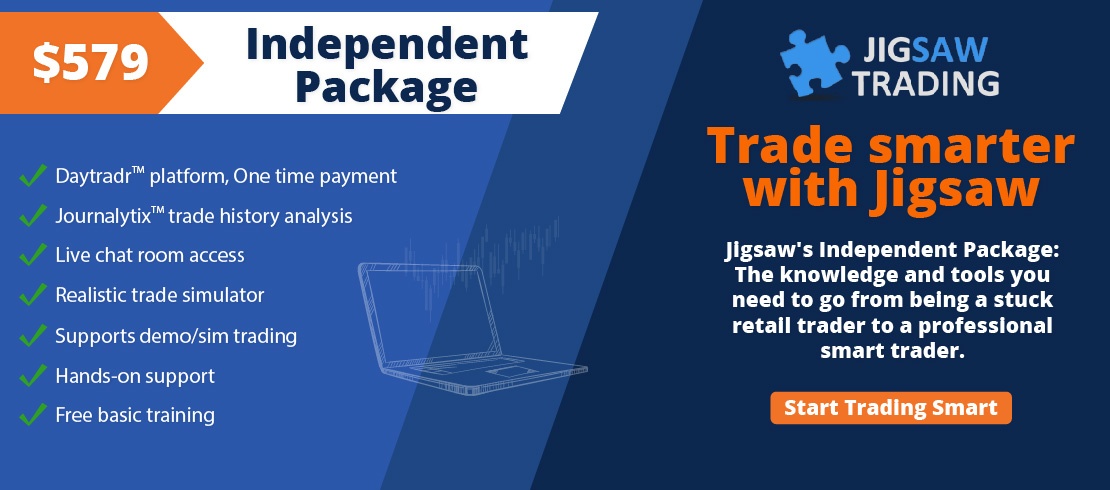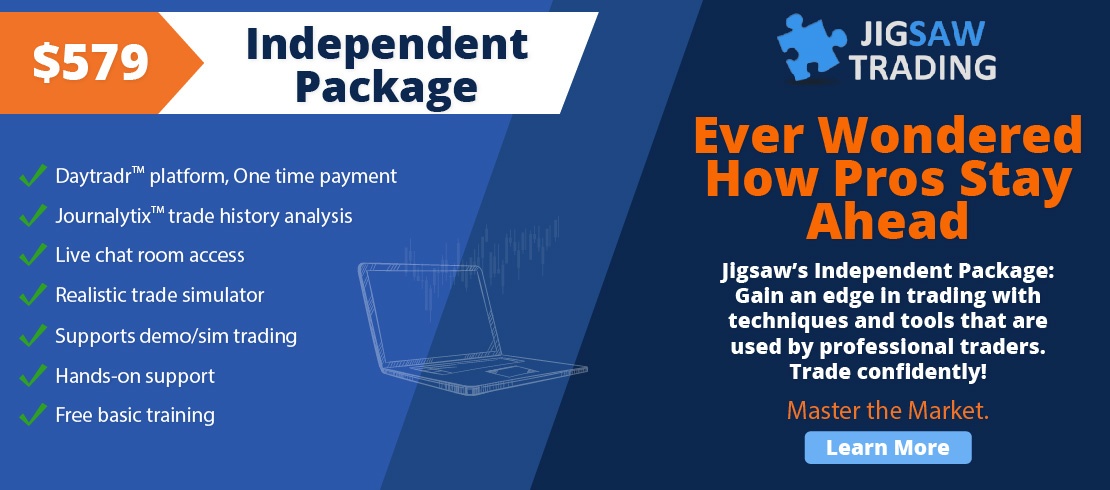Are you tired from constantly juggling the depth and sales of the micro contract you're trading alongside the depth and sales of its underlying market? Well, say goodbye to those days of frustration!
We are thrilled to announce the highly anticipated arrival of the Cross Instrument Trading feature. This game-changing addition has been in high demand from our customers.
One depth and sales, two instruments. The first instrument represents the "kid," which is the micro contract you are actively trading. The second instrument, the "parent", provides the essential data necessary to inform and guide your trading decisions.
Mark your calendars, September 29th, 2023!
Notes:
Hi everyone,
In this video, we will explore the new feature called Cross Instrument Trading.
This feature allows us to load one instrument in the depth and sales, see its order flow, and place our orders in a different instrument, all in the same depth and sales
The cross trading feature is available for almost all micro contracts. Here are the ones you can use.
For the CME, we can cross trade the S&P, Nasdaq, Russel, Australian Dollar, British Pound, Euro, Bitcoin, and Ethereum.
For the CBOT, we can cross trade the DOW, and also the Grains, such as Soybeans, Corn, and Wheat, but with their mini contracts, since they don’t have micro contracts.
For Comex, we can cross trade Gold, Silver, and Copper.
For Nymex, we can cross trade Crude Oil, and for Eurex, we can cross trade the DAX.
Some instruments are not on the list because they are not suitable for cross trading. This could be because a) they have a very different price from the underlying instrument, such as the the Japanese Yen micro contracts, which makes cross trading impossible, or b) they have a very low volume and a large spread between the bid and offer, such as the Eurostoxx 50 micro contract, which can cause problems with trade execution, such as orders being filled outside the inside market of the underlying instrument.
Now let's see how cross-trading works in practice
We have opened 2 D&S, on the left we have the ES December micro contract, and on the right we have the ES December mini contract. Let’s open the search window, and we can see that there is an option to enable cross-trading because there is a cross-instrument available. We turn it on and click OK.
Now let’s open the search window for the ES December micro contract. We can see that there is no option to enable cross-trading because there is no cross instrument for this symbol. So, on the right side, we have the ES mini contract, with cross-trading enabled, and on the left side, we have ES micro contract.
Let’s begin by looking at how the cross-instrument feature changes the appearance of the depth and sales. The header will have two symbols instead of one. The first symbol is the ES December micro contract, which is the same as the one on the trade window. This is the contract that we will trade with. All the orders that we place on this depth and sales will be for the ES micro contract, as you can see on the left D&S
The second symbol, in parentheses, is the ES mini-contract. This is the one that provides the data for the D&S. The volume profile, the depth, and the current trades are all from the ES mini contract.
Let’s show also how the PnL column works when we are cross-trade. We open a position on the right D&S, which has the cross-trading enabled. You can see that the PnL column shows the profit or loss based on the micro contract, $1.25 per tick because that is what we are trading, even though, as we saw earlier, the remaining data is from the mini contract.
To compare, let's close this position and disable cross-trading. We open the symbol search and uncheck the cross-trading option. Now we only see one symbol on the D&S header, and when we open a position, we can see that the PnL now reflects the mini contract position, which is $12.5 per tick.
Some symbols have different prices for the micro and the mini contracts. Let's look at the Euro contract as an example.
On the right, we have the Euro, the 6E December mini contract with cross-trading enabled, we are crossing it to its micro contract, the M6E, and on the left, for comparison, we have the M6E December contract.
You can see that the prices are different for both contracts. The 6E mini contract trades in halves, like 40, 45, 50, 55, 60... But the 6E micro contract does not, it trades in whole numbers, like 40, 50, 60...
So when we use cross-trades for these contracts, we have to take notice of where we place our orders. If we click on a price that only exists in the mini contract, like 55, our order will be rounded up to the next whole number in the micro contract, in this case, 60. That is where our order will be placed.
In summary, the micro contracts are an awesome tool for those who are initiating their trading career in the futures markets. Their lower tick value (we saw the micro ES contract that trades at $1.25 per tick) will allow traders to interact with the markets with real money, at a small risk. The ability to have both symbols operating in one single depth and sales, allow traders to read the order flow of the underlying market, where most of the volume is, and then use that to trade the micro contract.


